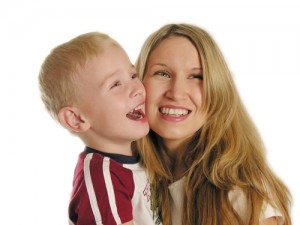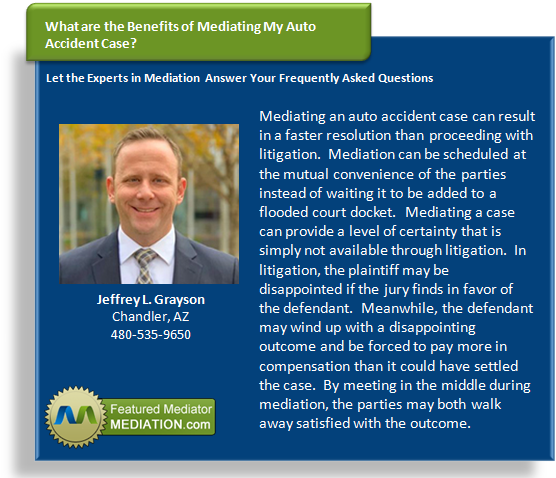Using Mediation in the Adoption System
 Every year, people adopt children from around the world. Adopted children may be infants or they may be older children who have been affected by tragedy or who have not grown up in the most ideal of circumstances. For many adoptions, the biological parents may wish to maintain some contact with the child who is placed with adoptive parents. This process can sometimes add complications to the mix. Also, in some cases, older children may be interested in their roots and may want to reconnect with parents who made the difficult decision to place them for adoption.
Every year, people adopt children from around the world. Adopted children may be infants or they may be older children who have been affected by tragedy or who have not grown up in the most ideal of circumstances. For many adoptions, the biological parents may wish to maintain some contact with the child who is placed with adoptive parents. This process can sometimes add complications to the mix. Also, in some cases, older children may be interested in their roots and may want to reconnect with parents who made the difficult decision to place them for adoption.
Through open adoptions, the biological parents may be able to have some contact about the child that they placed for adoption. In some situations, the biological parents may have a legal agreement for visitation. In other cases, the biological parent may simply ask for a few pictures and updates throughout the year. In some situations, these legal agreements or understandings may be challenged, which may provide a foundation for a legal battle. Rather than battling the case out in court, some parties decide to go through the process of mediation to resolve the legal issues.
Mediation is a process led by a third-party neutral. In adoption cases, the mediator may be a former social worker, educator, lawyer or judge who is familiar with family law. The mediator talks to both parties who are in dispute and tries to understand their underlying motivations and interests. He or she can often help bridge communication gaps and suggest ways that the parties may be able to resolve their dispute without having to subject the adopted child to a nasty court battle. At the end of the process, an agreement is often reached that the parties helped to cultivate which sets out their understanding of the situation and how to proceed with their relationship.









